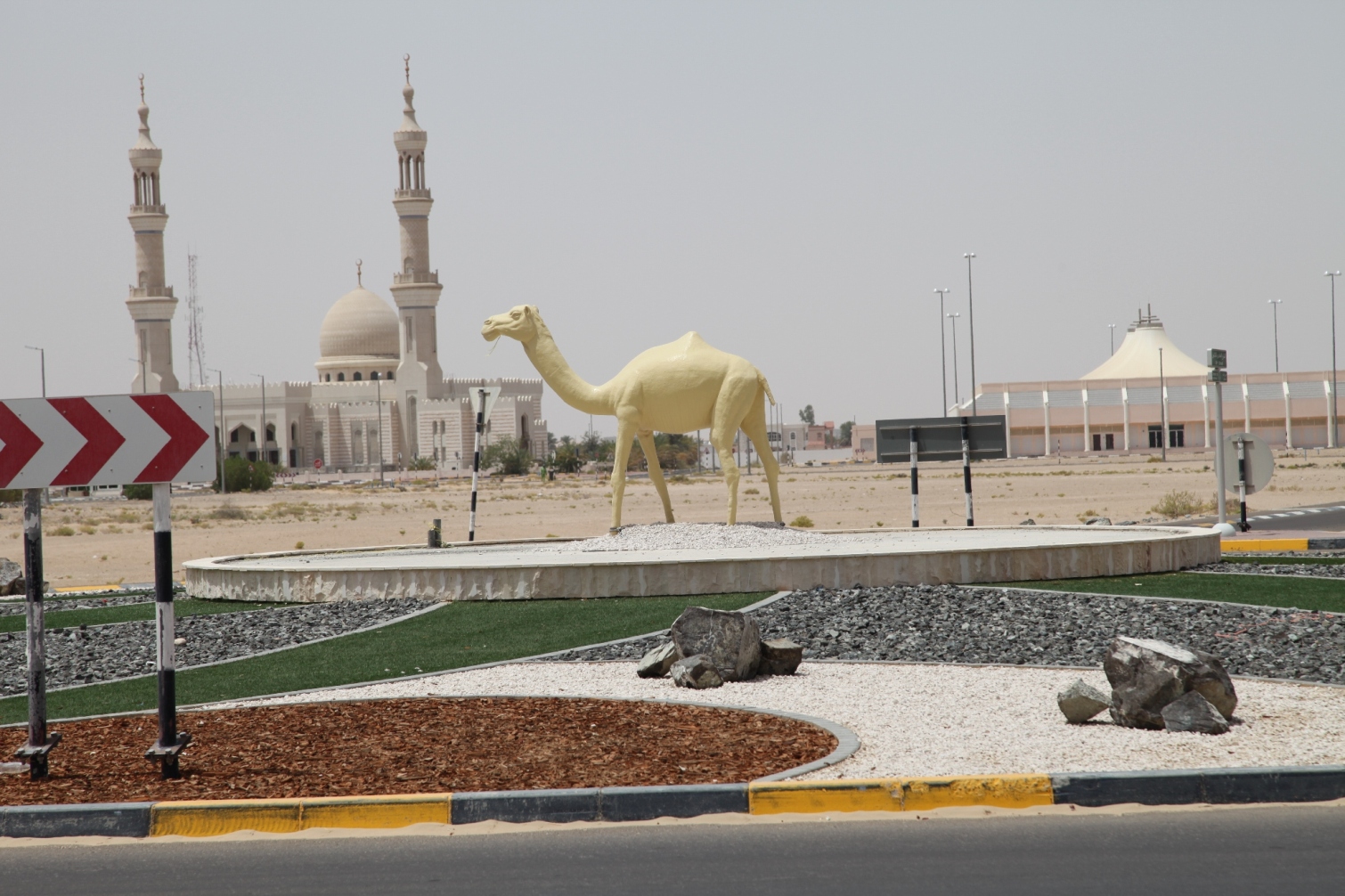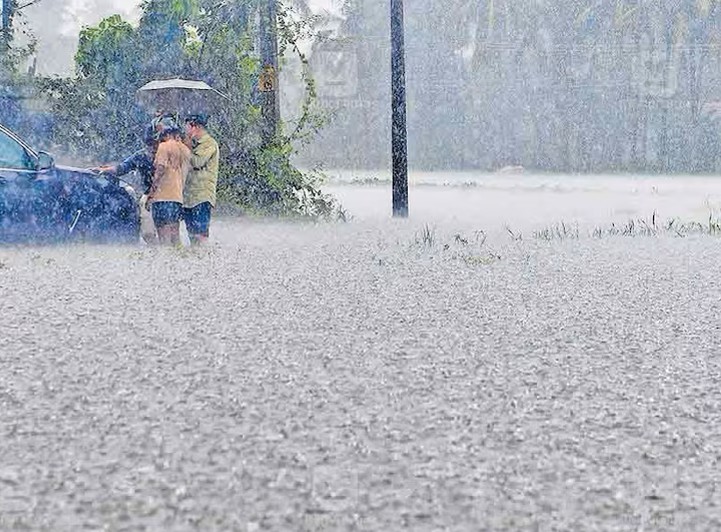
Sweihan, Al Ain — May 24, 2025: The United Arab Emirates experienced its hottest day of the year, with temperatures hitting a blistering 51.6°C in Sweihan, a town in the Al Ain region of Abu Dhabi. This searing record, captured on May 24, marks the highest temperature recorded in the UAE in 2025 so far—and one of the highest ever for the month of May.
This heatwave eclipsed the previous May record of 50.2°C, set in 2009, and followed a scorching 50.4°C reading just a day earlier in Abu Dhabi. The unprecedented back-to-back highs underscore growing concerns over the increasing frequency and severity of extreme weather in the region.
🔥 Sweihan: UAE’s Heat Epicenter
Sweihan, situated about 97 km west of Abu Dhabi, has long been known as one of the hottest places in the country. In 2010, it recorded 52°C, the highest temperature ever registered in the UAE. While that record still stands, reaching 51.6°C this early in the year is highly unusual—and worrying.
May is typically hot in the UAE, but this level of intensity is normally expected in July or August, during peak summer.
📈 Heatwave Arrives Earlier Than Ever
The latest spike is part of a troubling trend: the UAE recorded its hottest April ever just a few weeks ago, with an average daily high of 42.6°C, according to meteorological records. This surpasses the previous April record of 42.2°C set in 2017.
Meteorologists at the UAE’s National Center of Meteorology (NCM) confirmed that this year’s heat arrived earlier than usual, well ahead of the astronomical summer which begins on June 21. Residents have been urged to take extra precautions, especially outdoor workers and those vulnerable to heat-related illnesses.
🚗 Daily Life Disrupted by Heat
The heatwave has already begun to affect daily life:
- Car air conditioners are struggling to keep up.
- Beaches and juice bars have seen a surge in visitors seeking relief.
- The NCM has issued multiple weather alerts, warning of rain in some regions and advising caution on roads due to dust and potential slick surfaces.
🌍 A Climate Crisis in the Making
Experts believe this extreme weather is part of a broader climate change pattern. According to a 2022 Greenpeace study, the Middle East is warming nearly twice as fast as the global average. This raises serious concerns about the region’s food and water security, which are already under pressure.
Although the UAE is one of the world’s top oil exporters, it has also positioned itself as a leader in sustainability and hosted the COP28 climate summit in 2023. Still, the reality of rising temperatures demands urgent, tangible adaptation strategies.
📣 Final Thoughts
As the UAE braces for the peak summer months, this historic heat event in Sweihan serves as a powerful reminder: climate extremes are no longer rare—they are becoming the new normal.
Residents are encouraged to:
- Stay hydrated
- Limit outdoor exposure during peak heat (12–4 PM)
- Monitor updates from the National Center of Meteorology
📚 Sources:
This article includes reporting and publicly available data from:
📝 Disclaimer:
This article was independently written and compiled using publicly available information for educational and informational purposes. It does not reflect the official views of the original publishers. Full credit is given to all sources cited.






